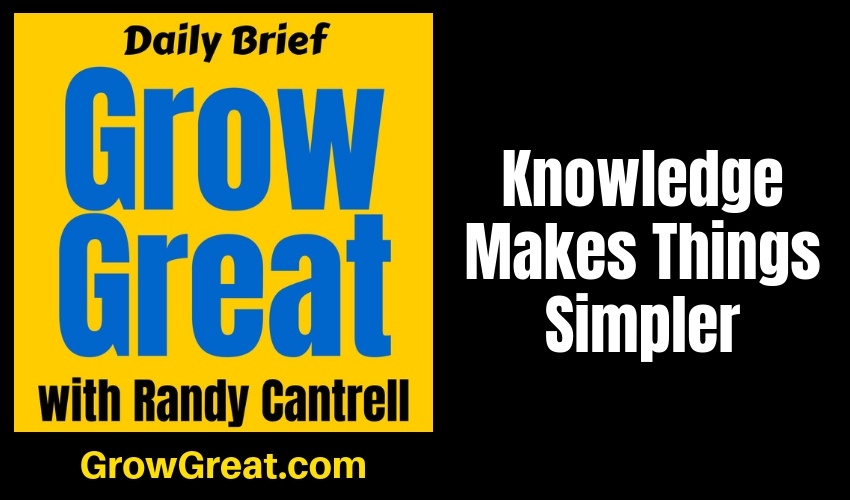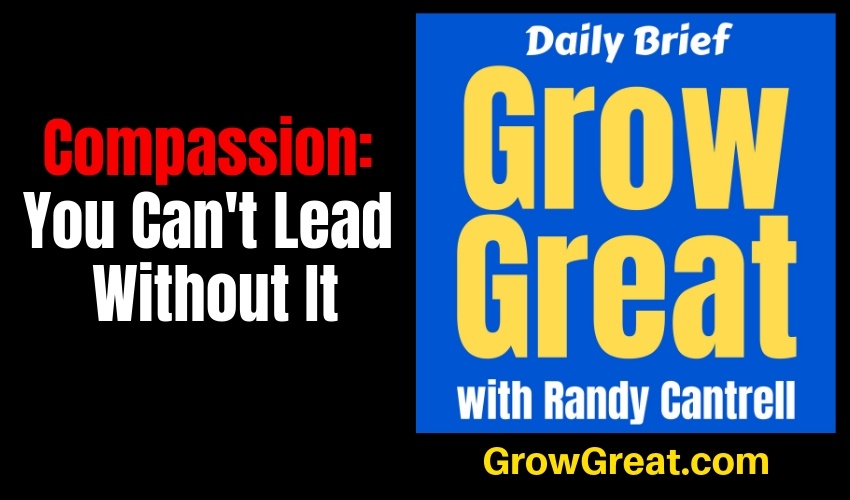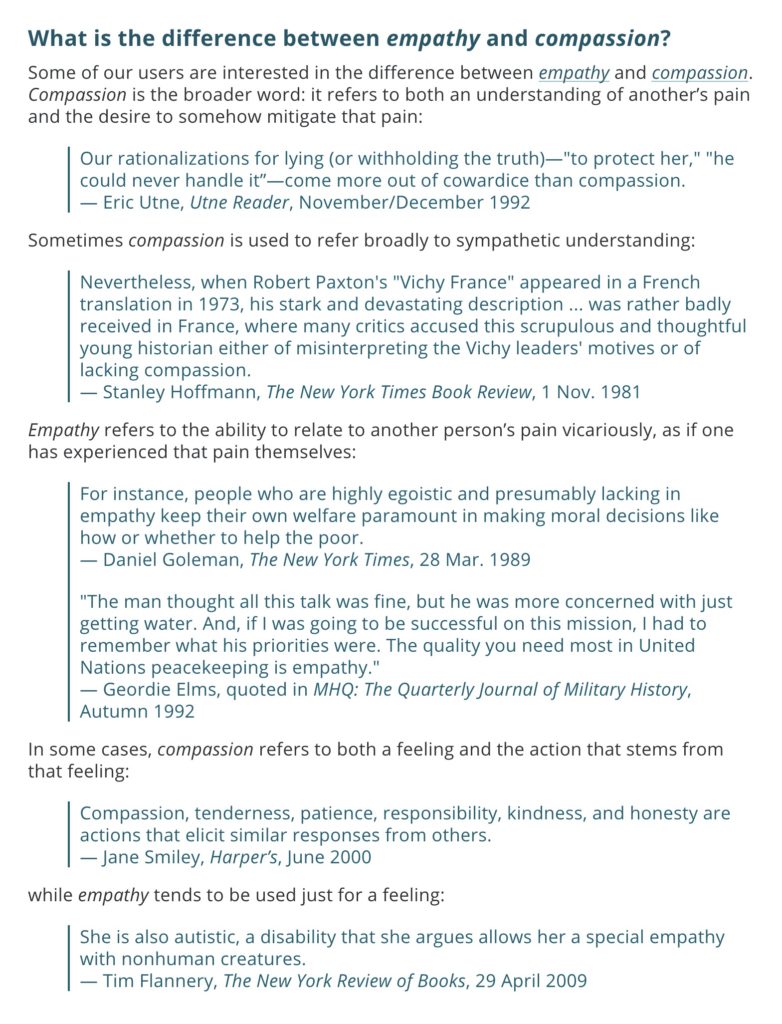Hugging Out Your Struggle – Grow Great Daily Brief #149 – February 4, 2019
Podcast: Play in new window | Download (Duration: 6:40 — 6.6MB)
Subscribe: Apple Podcasts | Spotify | RSS | More
Let me drop the bottom line on you:
you’re going to become better because of the struggle.
It’s going to serve you better than anything else. That’s why it deserves a hug when most people want to push it aside.
Look at the stories we’re attracted to. Whether true or fiction. The most compelling stories involve a hero who overcomes severe adversity. But they’re not a hero until they stare down the adversity and refuse to lose to it.
Heroes hug it out with their struggle. And I want you to be a hero. So today it’s Monday, the start of a brand new week. I’m encouraging you to act heroically. You can do it, but you may have to shift how you view your struggle.
“Why me?” is a universal question people ask when things are hard.
What if we flipped it around though. If our potential hero status is determined by the struggle, why not instead make a declaration of gratitude, “Hello, Struggle. I’m happy to have you.”
It’ll sound ridiculous to some. It’ll resonate with a few. Very few. And I know why.
Not everybody has the stuff necessary to be a hero. Do you? Maybe it’s time to find out. Or maybe you already know.
Mostly, I suspect people know they’re not a hero and they live every day with doubt. Doubt they can do it. Doubt they can overcome. Doubt they can endure. Worry. Doubt. Anxiety. Fear.
Have you noticed that in every great hero story there’s courage? And in that courage, there is no victim thinking?
Heroes aren’t victims. They don’t see themselves as victims. Instead, they accept what’s happening and put their energy toward figuring out their best course of action. They’re always pursuing their ideal outcome.
Are you up for a fun challenge? Come on, go with it.
Think about a favorite hero movie. It can any that you really love. I’ll only put one restriction on this exercise. Make it a person. You don’t have to, but if you do it’ll be more powerful to help you I think. For instance, you could see Arnold’s character in the original Terminator as a hero. But he’s not human so there’s a bit of a disconnect. I don’t want there to be any disconnect.
If you’re having trouble figuring out somebody, then just think back to the last movie you saw. Who was the hero in the movie? Pick them.
They weren’t perfect even though they were the hero. For good reason. Every hero has to endure the struggle to figure it out. They sometimes get it wrong. Sometimes things go south in spite of the best efforts of the hero. No matter though because in the end, the hero wins. So will you.
It’s an endurance test. Success is always an endurance test.
Think about this character, your movie hero. Every single day you’re writing your own screenplay! YOU are the hero character. The exercise is to write that story the way you want it to turn out. Curveballs are coming your way. It’s fine. Better yet, it’s necessary. How are we going to know the hero is the hero is unless we see the hero overcome the struggle? That’s exactly what makes them a hero. That’s what will make you a hero, too.
Hugging it out with the struggle isn’t an embrace saying, “Don’t leave me. Don’t ever leave me.” Rather, it’s a hug of appreciation. Hugging it out with struggle is recognition that without it, you can’t learn, understand and grow. It’s the force that brings out your best. Struggle is the competing force that fosters your growth.
You’ll still have fear. Courage isn’t the absence of fear. It’s the determination to do what you need to do to succeed in spite of fear. It’s your refusal to let fear, or anything else, defeat you. You versus Struggle.
Consider this. Struggle wants you to wilt. Struggle is banking on your feeling sorry for yourself. Struggle is also relying on you to join the masses who feel victimized by the universe and everybody in it. When you hug it out with Struggle you disarm Struggle. It’s a major step in defeating Struggle because that’s not how ordinary folks behave. But you’re no ordinary person. You’re a hero, writing your own success story!
Be well. Do good. Grow great!

Hugging Out Your Struggle – Grow Great Daily Brief #149 – February 4, 2019 Read More »






